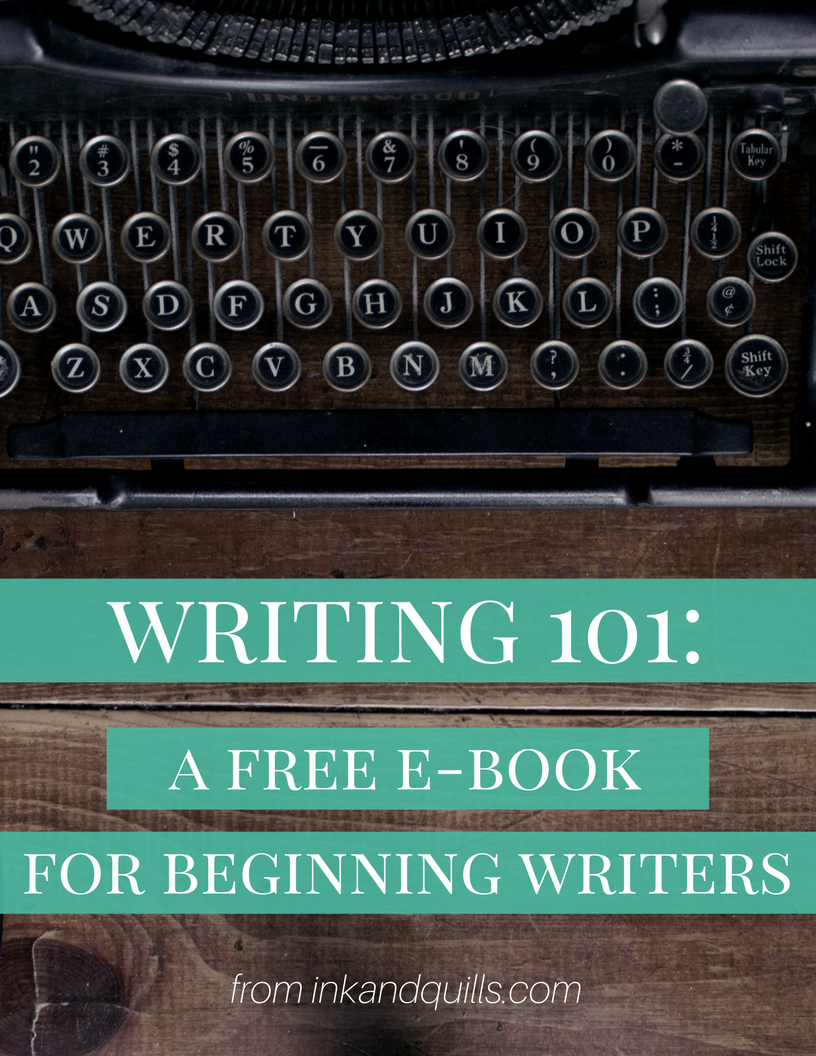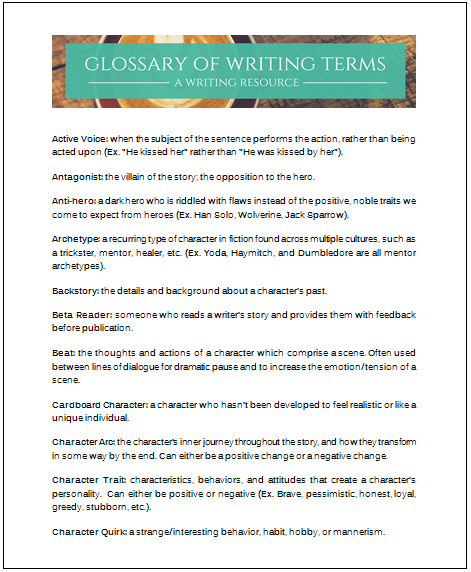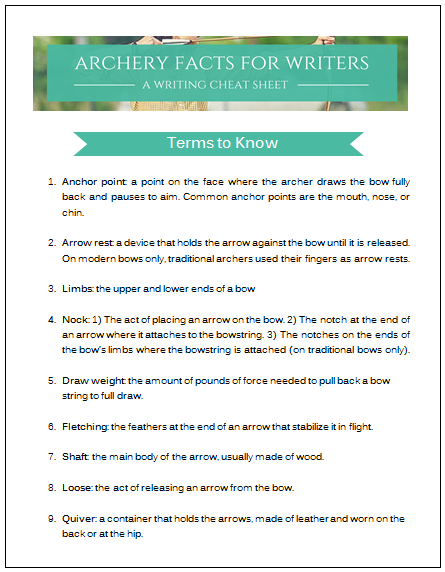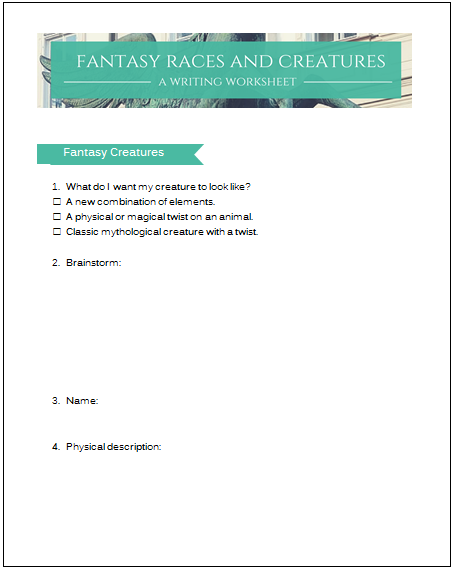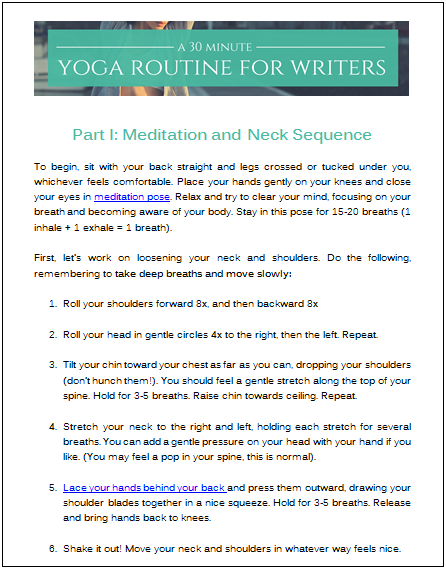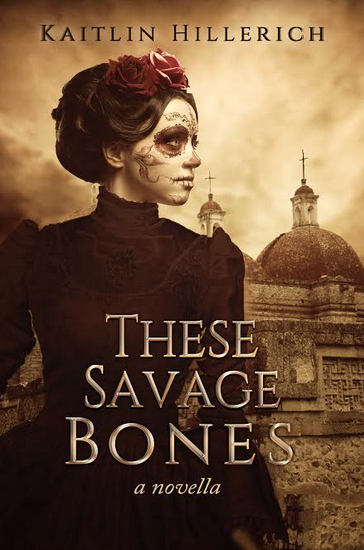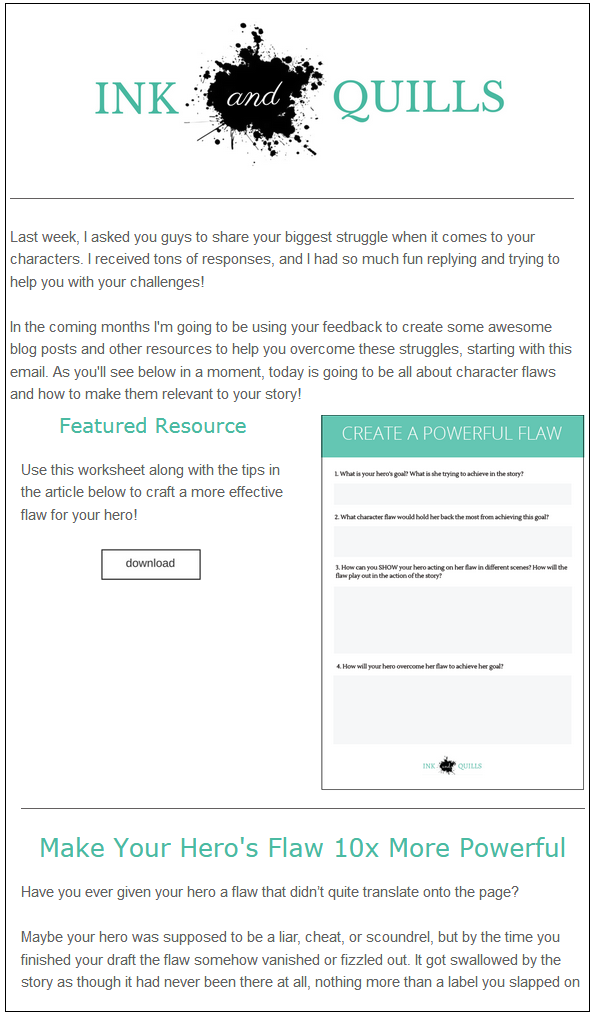 The following is a guest post from blogger and writing coach Victoria Fry.
The following is a guest post from blogger and writing coach Victoria Fry.
One of our greatest aims as writers is to make our story come alive in the minds of our readers. One of the best ways to do that is to imbue both its background and foreground with sensory details, though not so much that they take over and distract from the really important stuff, like whether our character will manage to wriggle out of whatever tight spot they’ve found themselves in.
When it comes to sensory description, it sometimes takes a bit of practice to think what to add, and we can fall into a trap of drawing only on cliches. Push through that, though, and the results are worth it!
Sit back and think for a moment about how vibrant a scene could be if you used the ping of a metal baseball bat hitting a ball as your character has an emotional phone conversation in the park, or the abrupt roar of a lawnmower interrupt a romantic proposal. It’s just that little bit richer, right? Read on to discover ten ways (of many!) you can set a scene with sound.
1. Conversation
This is one of the aspects of sound we’re likely most familiar with as writers, but it doesn’t hurt to revisit this powerful tool, especially if you go against the grain.
Think how different a room and situation feels if people are arguing with hushed, clipped voices as opposed to wall-shaking yells, or if they’re flirting with raucous laughter instead of mincing giggles. Pay attention to the inflections your characters place on certain words and phrases, too, and the rhythm of the conversation.
2. Weather
The emphatic pit-pat of rain on a tin roof, sliding down the flaps of a canvas tent (don’t touch the canvas or you’ll get soaked!), or crashing down in a torrent. The howl of gale-force winds. The gentle stillness that comes after a snowstorm, when everyone’s still tucked up at home, peeking out their windows at the thick blanket of icy white crystals.
Weather is conspicuous in both its “pay attention to ME!” and its “sssssh, you won’t even know I’m here” moments. You don’t have to use it in every scene, but think about how its inclusion could layer into the backdrop for your scene’s setting.
3. Vehicles
I don’t know much about cars, but I know that several noises spark an uh-oh in my mind: a growling engine, a wet plop on the windshield, and a slow hiss.
Even if it’s not an “uh-oh” moment, the sound a vehicle makes is dependent on when it was made, how well it’s maintained, and what make it is (Prius, Vibe, Mazda, to give a few examples). Some cars purr along the roadway, while others sound like they’re eating it up and spitting it out as they roar down the highway.
And don’t forget about the windshield wipers, the car stereo, the click of the seat belt …
4. Technology
If you don’t think technology has a soundtrack, then you’ve never heard a gamer frantically clicking the mouse button to take down a zombie or an online shopper spamming the refresh button in their browser to catch a flash sale. Different computer keyboards (both external and laptop ones) have different touches, some clunkier than others.
And let’s not forget the classic example of a phone slamming down on the hook, although these days it’s more likely to be a mild snick as you flip your cellphone closed or a “beep” when you hit the “end call” button (not nearly as satisfying).
5. Animals
Ah, the animal kingdom. A snake’s rattle while walking in the desert; a deep, gruff bark from the next door neighbor’s chihuahua; a high-pitched squeak of a sneeze from a kitten. The noise an animal makes can make a scene feel cozy and welcoming or foreboding and goosebump-inducing.
Play with the sounds your character’s pet makes when they’re being ignored, when they’re sad, when something scares them or kicks off their protective instincts.
6. The Great Outdoors
Chances are your story takes place at least partially outside (although even a story set on a space station could play on the silence beyond the station’s walls). With that in mind, play up the natural surroundings. Maybe it’s the ocean lapping at the shore. Maybe dry grasses are whispering, poplars shivering in the breeze. Maybe it’s a stone on the trail, being kicked along the path with a dull “thwok.”
7. Seasonal
If you’ve thought about outdoor and weather-related noises already, seasonal noises are a perfect way to round out a natural trio. Have a think about where your story takes place and what time of year it is, what the weather’s been like, and then go nuts!
Your character might hear someone crunching through snow outside their window, or go for a walk in the forest amongst the crackling leaves. Seasonal music might be playing on the radio. A house next door to a high school will enjoy relative peace for the summer months.
8. Hobbies
Often we know that a character enjoys a particular hobby, but we don’t see them partake in it. If that’s the case for your story, you could really be missing out. Imagine a character seething about something as they whir along on a sewing machine, or finding a meditative rhythm in the rasp of a handsaw. If they’re handy in the kitchen, consider the sound of pans settling in the oven or a knife cutting on a marble cutting board as opposed to a wooden one.
9. Sports
One sport alone can host all manner of sounds.
Take tennis, for example. There’s the thwack of the ball against the tennis racket, and the way it sounds when it hits the edge of the racket versus the strings. There’s the hush that descends over the court at professional matches.
Different tennis players make different noises after hitting particularly strenuous shots, too: some grunt, some hoot, some squeak. Tennis shoes dancing across the court make a particular shff-shff sound.
10. Laughter and Tears
Chances are you’ve sat near that person in the movie theatre who guffaws loudly enough to drown out the sound from the film, or wrung your hands as someone you cared about burst into body-shaking sobs. Don’t forget the silent criers, either, or the muffled laughter, the sniffly bouts of tears, the wheezing cackle.
These pinnacles of human emotion fall all over the map, and they’re incredibly hard to ignore. Someone who’s laughing or crying, no matter how quietly they go about it, will draw attention.
Observe Sound in Real Life
At the end of the day, the best way to catalog sounds for your stories is to investigate.
Watch a movie or a documentary and close your eyes for part (or all!) of it. Go outside, sit on a park bench or at a bus stop, and document the sounds you hear. Join someone in the kitchen when they’re making a meal and (so long as they’re not desperately in need of a sous chef!), write down all the sounds, especially the obscure ones.
Next time you’re writing, try incorporating some of these sounds into your story, and see how it feels when you read it aloud.
What are some of your favorite or most memorable sounds? I get super nostalgic whenever I hear an ice cream truck dingling down the street!
About the Author
 Victoria Fry is an avid writer and writing coach. She specializes in helping writers (re)discover the joy in their writing process through her blog, one-on-one coaching sessions, and free courses and workshops.
Victoria Fry is an avid writer and writing coach. She specializes in helping writers (re)discover the joy in their writing process through her blog, one-on-one coaching sessions, and free courses and workshops.
Her latest offering is the Create an Epic Character Foundation workbook, which she created to help writers dig deep and get to know their characters from the ground up! Feel free to say hello on Twitter; she’s always happy to chat about gaming and knitting, along with all things writing.












